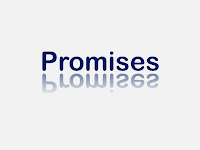I am a strong advocate of personal branding. As a college professor who serves students in their junior and senior years of business school, I introduce personal branding concepts in my classes. Students are encouraged to manage their professional careers using marketing principles learned in the classroom. It is a challenge for many people, especially if you are at the outset of your career, to embrace personal branding. Uncertainties about what to do or say as well as doubts of how one can add value for others are common obstacles to launching a personal brand.
How to Craft Your Personal Brand Story
One approach for simplifying the task of creating a personal brand is to build it around stories. This idea is not a suggestion to create fictional escapades but rather stories about events and people in your life that have shaped your values and purpose. Author Amber Mac gives three tips for how to base your personal brand on stories:
1. Discover Your Story – What are things that have happened to you that people would find interesting and create common ground?
2. Re-write Your Story – Craft a collection of “short stories” into your brand story. Stories do not replace credentials like education or skills, but they do add personality to your brand and can increase your brand’s appeal.
3. Share Your Story – It is communicated via your social networking pages, oral presentations, and personal interactions. Remember that the purpose is not to brag about you but to develop connections with other people.
Tell to Sell
Keep this in mind: stories are more interesting than facts, bullet point lists, and résumés. Think about brands you like and admire most- they probably have stories worth telling. The beauty of a storytelling approach to personal branding is that everyone has stories to share. Let your stories shape your brand.
Fast Company – “Mastering the Uncomfortable Art of Personal Branding”
Note: This article first appeared on the Marketing DR blog on March 9, 2012










